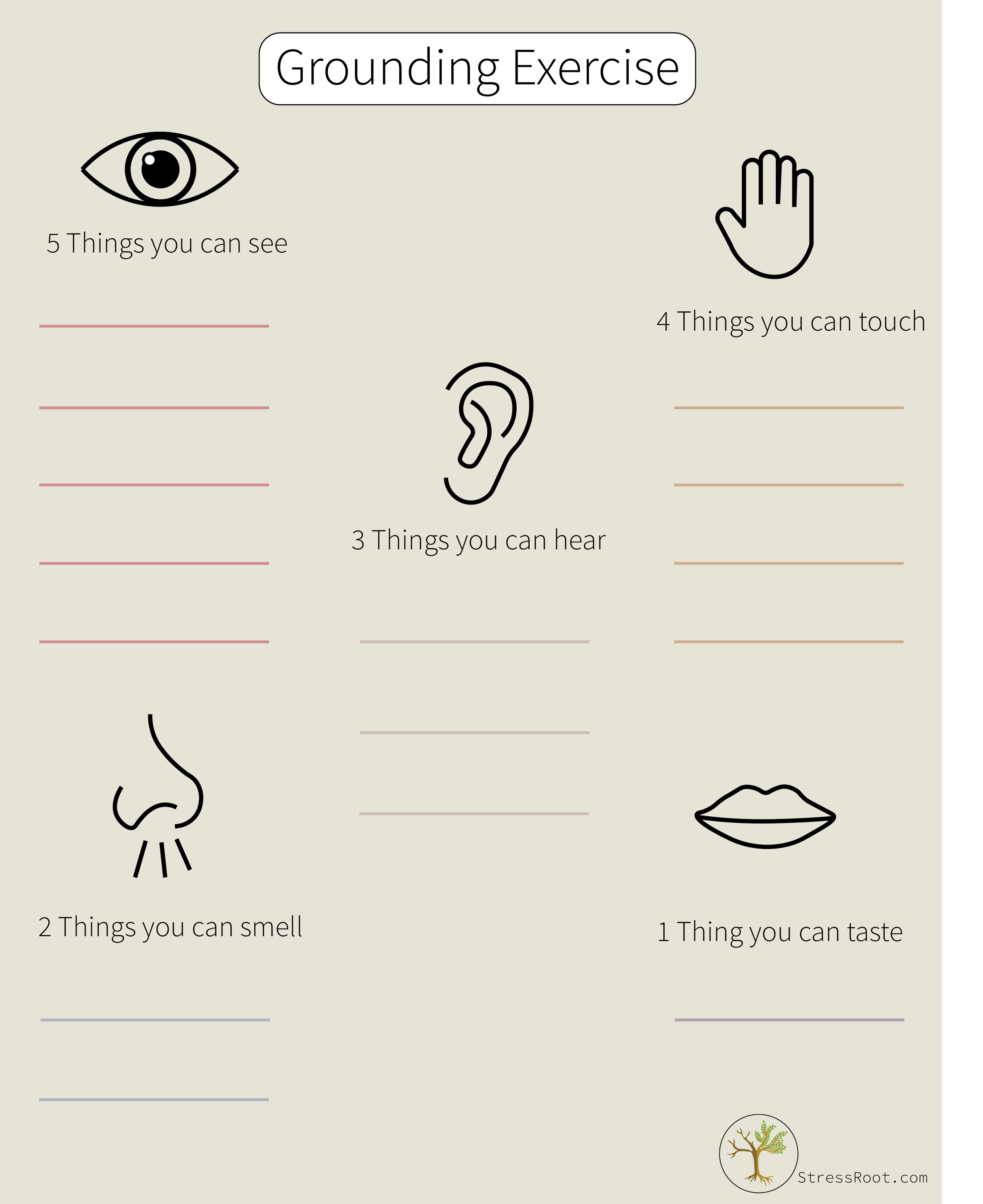Worry Loop and Calming the Body
Do you ever notice how one small thought can turn into a whole spiral of what ifs?
“What if I forget something important?”
“What if things don’t work out?”
“What if I can’t handle it?”
Before you know it, your mind is searching for something — anything — to worry about. Even when everything seems fine, your body doesn’t quite believe it.
If this sounds familiar, you’re not alone. The truth is, constant “what if” thinking isn’t just a mindset issue — it’s often a sign that your nervous system is stuck in survival mode.
The Body Behind the “What Ifs”
When the body stays in a prolonged state of stress, it can get locked in sympathetic activation — better known as the fight, flight, or freeze state. This is what happens when your brain perceives threat and your body prepares to act.
But here’s the tricky part: even when the actual threat is gone, your nervous system can forget to turn the alarm off. It stays alert, scanning for danger just in case.
That’s when the mind steps in and starts filling in the blanks — with “what ifs.”
In many ways, your body is saying, “Something doesn’t feel safe,” and your mind tries to explain why. So it looks for possible problems, predicts outcomes, or replays scenarios — all in an effort to prepare or protect.
Over time, this pattern can become exhausting. The body stays tense, the mind stays busy, and rest feels out of reach.
Why It’s Hard to Stop Worrying
There are many reasons the body might stay stuck in this state:
Chronic stress or past trauma: The nervous system has learned that being on alert equals safety.
Unresolved emotions: The body is trying to finish a stress response that was never completed.
Lack of control: The mind predicts every possible outcome to avoid feeling powerless.
High stress hormones: Elevated cortisol and adrenaline make it hard to relax.
Overactive fear centers in the brain: The amygdala keeps signaling “danger,” even when life is relatively calm.
It’s not that you want to worry — your body simply doesn’t feel safe enough to let go.
Calming the “What If” Cycle
The good news is that with practice, you can teach your body (and mind) that it’s okay to rest again.
Here are some strategies that help:
Ground Yourself in the Present
This simple practice reminds your body: I’m safe right now.
Label the “What Ifs”
When you notice worry creeping in, name it for what it is.
“That’s a ‘what if’ thought, not a prediction.”
By labeling the thought, you create distance between yourself and the worry — instead of being swept up in it.
Calm Through the Body
Worry isn’t just in your head — it’s stored in your muscles, your breath, your posture.
Help your body release that energy by:
Taking slow, extended exhales (try breathing out twice as long as you breathe in).
Doing gentle stretching or shaking out your limbs.
Using a weighted blanket or giving yourself a comforting self-hug.
When your body feels grounded, your mind doesn’t need to stay on alert.
Schedule “Worry Time”
If worries pop up all day, it can help to give them a container.
Set aside 10–15 minutes daily for “worry time.” Write them down, explore them — and then move on.
When a worry comes up outside that window, gently remind yourself, “I’ll think about that later.”
This helps your nervous system learn that not every thought needs attention right now.
Build Safety Through Routine
Create signals that remind your body it’s safe:
Light a candle while you unwind.
Drink something warm and calming.
Go for a short walk outside.
Listen to soothing music or nature sounds.
The more your body feels safe, the less it needs to anticipate danger.
Reframe the “What If”
Your brain naturally prepares for the worst — but you can teach it to imagine balance instead.
Try shifting:
“What if it goes wrong?” → “What if it works out better than I expect?”
“I won’t handle it.” → “I can handle it, even if it’s hard.”
Small mindset shifts help activate the prefrontal cortex, the part of your brain that brings perspective and calm.
Safety Comes Before Stillness
The mind doesn’t quiet down because we tell it to — it quiets down when the body feels safe.
By slowing down, grounding yourself, and sending signals of safety to your nervous system, those endless “what ifs” start to fade.
It’s not about eliminating worry altogether — it’s about helping your body trust that you can handle life as it comes.
When safety returns, peace follows.
Do you want support to implement these strategies?
Not sure how to implement this or still feeling stress, be in touch. I am here to help you. Contact me to schedule a free consultation session.


